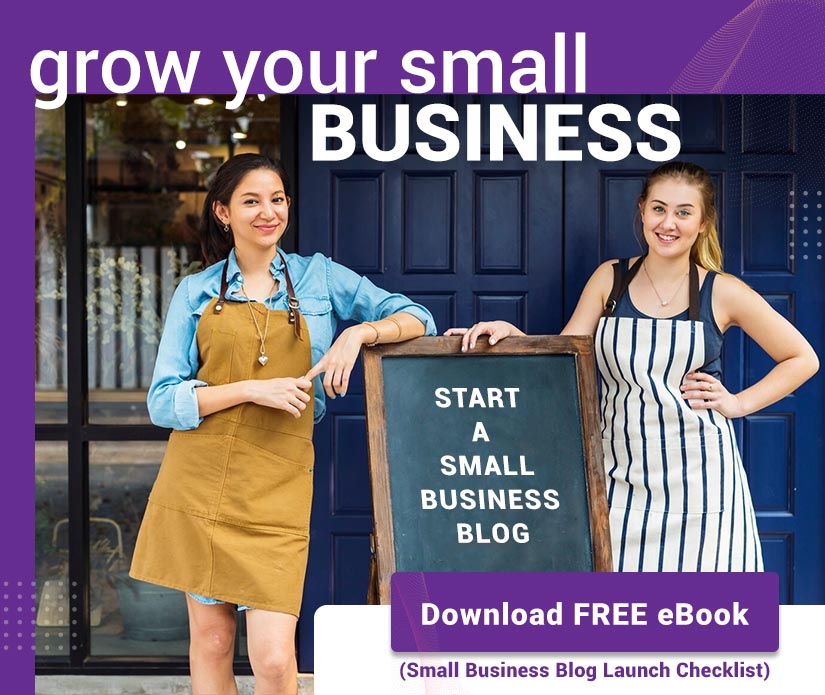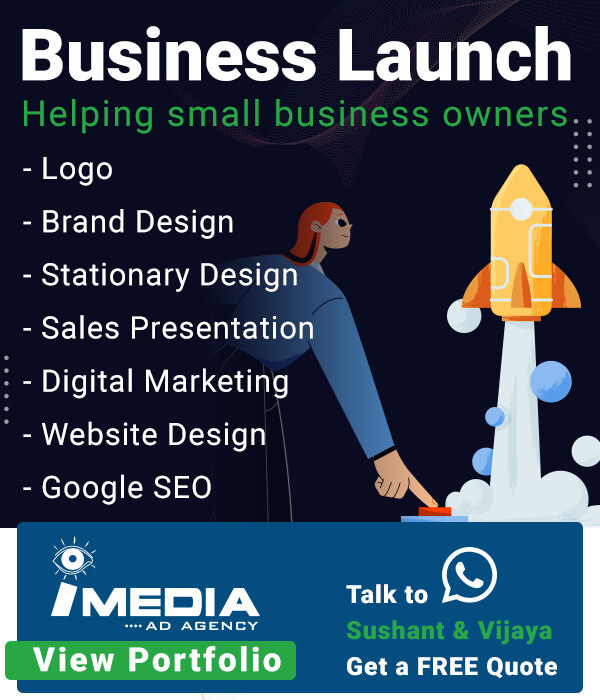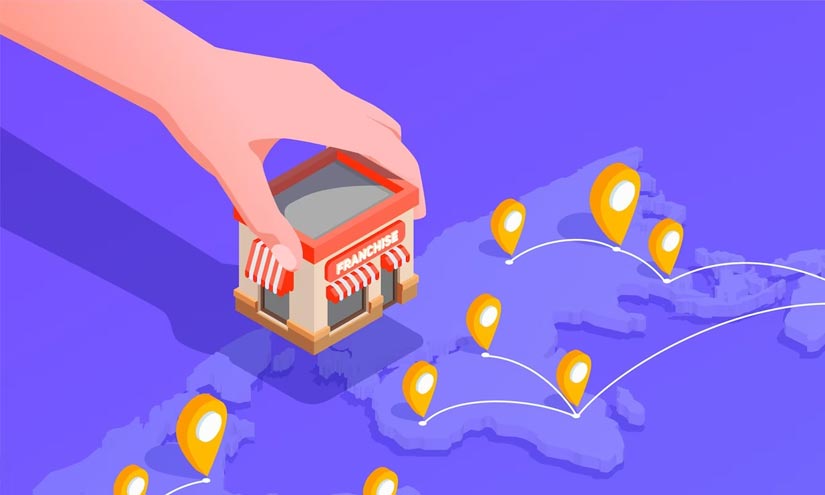Do you have these questions in your mind?
- Looking for a change?
- Fascinated by the idea of making money out of money?
- Wondering if starting a startup a good idea?
- Worried about the x-factors?
In this article, you will find answers to all your questions. So please grab a cup of coffee, and let’s get started.
Table of Contents
Why Start a Startup?
Starting a Startup has the financial benefits of being a Salaried person. It’s like, “Be your Boss”.
You can build a business with the incredible growth potential you might have dreamed of.
Secondly, your business itself is a valuable asset. Then, as your business scales up, its worth multiplies.

Is startup profitable for me?
If you have a Unique Product Idea or Service with some savings in your account and courage in your soul and are willing to put both of them to work, the Startup might profit you.
At least it is better than keeping money in a fixed deposit or a saving account, plus far safer than investing in stocks and bitcoin.

11 Steps to Launch your own Start-up
Starting a start-up can be overwhelming, especially if you are starting fresh and don’t know how businesses operate.
Starting with the very essential step first –
Step 1: Choose your business idea
If you are actually planning on starting a startup, you must have a few ideas in your mind. If that’s the case, here is a checklist to help you evaluate your idea.
- What problem do you solve for your target market?
- Contributing your product or service to the market (does it change something?
- Does your product or service has a good demand in the market?
- Do you have a powerful USP or utility?
Did you know? There are 30.2 million small businesses in the United States, and 400,000 new enterprises enter this market each year; however, only some survive five years or longer.

Step 2: Research
When you look closely at why start-ups fail, you’ll notice that it is rooted in its primary market and customer research.
The good news is that you don’t need to spend thousands of dollars to figure this out, but some quality time to think through the process.
Ask yourself a few basic questions:
- Why?
Think about the purpose of your business and what needs it full fills. - What?
What is the product or service you’ll be offering in the market? - Who?
Who is your target customer base or audience? Be specific in describing demographic characteristics, such as age, gender, income level, location, etc. - How?
Sketch your plan for developing your product or service and delivering it to your customers or clients.
Note – While evaluating your business goals, keep in mind thoughts of expanding your business.

Step 3: Create Your Startup Roadmap
From your business name to your product / service production there are various phases and processes are involved in a business.

Step 4: How to apply your business name for a trademark?
When starting a business, one major issue we commonly face is how to do the legal work, but you don’t need to worry.
Here is all you will need –
For Trademark:
- Search for trademarks
- Check whether your business name is eligible or not
- Once the name meets all criteria, submit all the necessary documents and applications
- You will be asked for additional information or corrections
For Patent:
You can also patent your product (an invention derived from an idea).
All you have to keep in mind is that for any asset or an invention to qualify for a patent, it must meet the basic requirements:
- It must be novel
- It must be one of a kind
- The invention must be new
- There should not be any existential trace of it
For more information OR application visit –
For paperwork and legal Obligations, we suggest consulting the professionals as it makes the process far more convenient and quick.
• Lawyer
• Accountant
• Financial advisor

Step 5: Know your market and target audience
Conduct market research to evaluate customer behavior and economic trends to curve out business strategies for your business.
Competitive research must examine product demand, demographic data, market size, economic indicators, location appeal, and pricing.
Through careful market research, you’ll be able to figure out the following:-
- Who your target customer base is?
- How to develop products and services?
- Market research can also help you determine the name of your business, brand color schemes, and other elements.
The approach you can adopt for turning ideas into valuable assets –
Minimum viable product (MVP)
If you choose to use the MVP strategy to release your product-
- Listening to your customers is one of the essential tasks while going to the market.
- Their feedback is a valuable resource.
- It would help if you implemented strategies to maximize the feedback you get.
- From continuously improving your MVP’s features to making sure that these features are good to use, almost everything you do with your product will help your customers and your business.
If effectively used and executed, the GTM strategy will line up all stakeholders and establish a timeline to ensure each stakeholder meets the defined milestones and outcomes, creating a reachable path to market success.
A go-to-market strategy includes 5 core components:
- Market Definition
- Its customers
- Distribution model
- Product messaging and positioning
- Price
Looking for LOGO Design + Branding?
iMedia Ad Agency is an award wining Logo Design Company run by Sushant & Vijaya, offering professional logo designs for Start-ups / SMEs / Home Businesses Owners.
WHAT ALL YOU WILL GET IN YOUR LOGO PACKAGE?
- Full ownership of final Logo remains with the client
- 100% original logo artwork
- No internet copy-paste work
- Original sketch supplied
- Super High resolution Vector file formats
- Free 1 month logo backup support
- Telephone, chat, skype & email support
Get all Business Launch Solutions under one roof Logo, Corporate Identity, Invite, Stationary, Packaging, Broucher, Product Display, Web Design, Business Blog, Shopify Store, Startup Pitch Deck, Google SEO, Product Reviews, Business Articles, and Social Media Management.


Step 6: Raise funds for your start-up
One of the essential steps to starting a business is getting funding.
Your business plan should contain a budget for operating for at least one year.
A few ways to fund your business are –
- Self-funding (personal savings)
- Borrowing from friends and family
- Small business government grant
- Crowdfunding campaign

Step 7: Put together your core team
It is essential to have an excellent working team. Put together the group of people who will make your operations talk. Your team could include partners, employees, freelancers, contractors, and consultants.
Generally, a company requires the following team:
1. CEO and COO
Between them, they develop a vision and put it into action.
2. Product Manager
Responsible for taking a product from its development stages and onto the market.
3. Chief Technology Officer
who works with executive members to oversee the technical side of a business.
4. Chief Marketing Officer
Whose job involves creating a marketing strategy and executing it.
5. Sales Managers
They manage customer relationships, sell products/service, and motivate the team.
6. Chief Finance Officer
CFO manages the financial planning and decisions for a company.
7. Business Development Officer.
This varied role involves drawing up a business plan, establishing funding, and building customer/relationship funding.
8. Customer Service Officer
Who assists customers with their questions and any complaints and provides product information.
Hiring an entire team is often unrealistic when you're just starting up and wearing several business hats.
That's OK, to an extent. Just remember to play to your strengths and outsource if you can't afford to recruit.

Step 8: Develop your product
- Setting up the manufacturing process if you are creating a physical product.
- Installing computers to create software etc.
- Developing policies for quality control and safety.

Step 9: Design prototypes and get feedback
It is utmost important test your product/ services before you launch it into the market. You may Work with freelance designers to create product prototypes. If your business is service-intend, this may include designing proprietary products.
Once your prototype is ready test it with randomly chosen individuals who agree to put your product to test and can provide you feedback about their experience.

FREE DOWNLOAD
Launch your Money Blog
Build a 24/7 money machine that you can create and grow from anywhere in the world you are…

Step 10: Create a Marketing plan
As a startup, you will need to establish your brand identity and create customer relationships to create a place in the market for your business, which will require marketing strategies.
Use digital marketing techniques like:
- Content marketing
- Influencer marketing
- Email marketing
- Affiliate marketing
- Search engine optimization (SEO)
- Social media marketing (SMM)
- Search engine marketing (SEM)
- Pay-per-click advertising (PPC)
However, if you’re starting a small business in a local community. You can choose among the traditional mediums as well, such as-
- Print advertising
- Radio advertisements
- Television
- Billboards

Step 11: Build a Customer Base
To have long-term success, you need a solid customer base; here are some ways you can attract and hold customers include:
- Continually offering a great product or service.
- Launching loyalty programs to attract them and keep them coming in.
- Using affiliate marketing on social media involves paying influencers to promote your products to your target audience.
- Using market research to understand your customers’ expectations and want in a better way.
- Asking for feedback and referral directly from the customers.

Next Level: Plan for Business Growth and Scalability
Once your business starts making consistent sales start building your business to meet the growing demands.
-
- Recruit a bigger team
- Build a brand
- Formalize your culture
- Secure additional funding
Now you need to build systems and processes to ensure the business can cope with the growing complexity of your organization.
Support from the right places is also essential when scaling. You can also seek a mentor, coach, or advisor at this stage to ensure that you are doing the right things.

Prepare for the Unexpected
An exit strategy is often an overlooked part of a business plan. Business is uncertain, and that’s a fact.Launching a business expecting success is natural, but being prepared for failure or anything expected is always wise.
After all, before 2019, who would have thought we were to hit by a pandemic, and everything will shut down for a while.
If you find your business at a loss or the market seems to be contracting, you can always exit the industry at the right time.
Common types of exit strategies include-
- Initial public offerings (IPO)
- Strategic acquisitions
- Management buyouts (MBO)
Conclusion
Starting a Start-up is an overwhelming process; it is risky as well as equally rewarding at the same time. It’s not for everybody but for anybody who dares to dream big and thinks big.
Your success as an entrepreneur depends on how well you planned your business before launching it from your brand name to SOPs, how well you marketed while being tackled, and, ultimately, how well you served your customers.

Want to Save Time in your Business Launch?
- How to Create a Business Plan
- What is Market Research, USP, Niche & Positioning
- How to find a suitable name for your business
- How to create your brand image (Logo + Branding)
- How to Register Your Business
- How to Register for Taxes
- How to get Licenses / Permits
- How to Open a Business Bank Account
- How to Get Business Insurance
- Which Payment Processing Terminal (POS) to buy
- How to get Funds for your Business
- How to do Sales & Marketing – Offline & Online
- Why have a Website / Blog / Social Media
- How to build & train your Dream Team
- How to provide Excellent Customer Service
- Buying an Old Business Vs Franchisee Vs Own Brand from Scratch
Handpicked inspirational Youtube videos for you
Should You Start A Startup? | Startup School – YT Channel ‘Y Combinator’
This $10 Billion Startup Is One Of The Hottest Design Companies | Forbes – YT Channel ‘Forbes’
How I Built a $1 Billion Start-Up Called Misfits Market – YT Channel, ‘CNBC Make It’
A. Check if your idea is viable. Do some research and ask around. Are people looking for a business/service like yours? Then ask yourself: How are other businesses in your sector performing? Have you spotted a genuine gap in the market?
A. There are several sources, including personal financing, banks, crowdfunding, friends, family, angel investors, and venture capitalists.
A. In the vast majority of cases, yes. You also need a social media presence that is applicable to your audience. After all, social media is a free, efficient way to reach a huge volume of people that you couldn’t otherwise target.
A. It depends on your budget. Begin with strategies like social media, free press release distribution, and content marketing. As your business grows, you can allocate a budget for affiliates, email marketing, SEO, online ads, and influencer campaigns.



















